Aircraft
Mitsubishi G4M1 Betty Bomber “Bataan 2”
Pilot & Markings
Green Cross Surrender Markings, lejima Aug. 1945
Model Builder: Terry Moore
Scale & Kit
1/48 Scale Tamiya Model
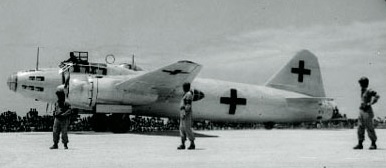
History
The Mitsubishi G4M was a medium bomber similar in role and configuration to the North American B-25 Mitchell, Heinkel He 111 and the Vickers Wellington. Its Allied reporting name was “Betty”. The Betty was operated by the Imperial Japanese Navy Air Service who’s crews nicknamed it Hamaki (Cigar) due to its stout profile. The G4M had good flight performance and range due, in part, to its light weight. However, its light weight came at the cost of not having armor plating or self-sealing fuel tanks like most of its contemporaries. This made them vulnerable even to light enemy ground fire which could cause them to explode. This led to some disgruntled crews calling it the “the flying lighter” or “the flying Zippo” by Allied pilots.
With the drastically increased rate of kamikaze attacks and mass suicides towards the end of the war, the Americans were highly skeptical of the Japanese intentions to actually surrender. Given this climate of mistrust, General Douglas MacArthur ordered that the aircraft transporting the envoys from Tokyo to lejima be painted all white including the red hinomarus (meatball). Green crosses were to be painted in place of the hinomarus. Lejima was the base of the 413th Fighter Group and was the first stop and the transfer point for the Japanese surrender emissaries who arrived from Tokyo on two “green cross” Betty Bombers. For this flight, the Betty bombers were aptly given the call signs “Bataan 1” and “Bataan 2”. Bataan 1 was a Mitsubishi G6M1-L2 and Bataan 2 was a Mitsubishi G4M1, after which this scale model replica was built. On lejima, the Japanese emissaries transferred from the two Betty bombers to Douglas C-54’s for the trip to Manila.
The paint scheme of this model is based on photos and eyewitness accounts from the time. One such account was from the memoirs of Army combat engineer Leigh Roberts which he wrote Sunday, August 19th 1945 while on the island if Iejima. Leigh Roberts wrote, “The planes themselves were Japanese “Betty” bombers, with two engines, bearing some resemblance to our B-26. They were painted white, with green crosses. It had been a hasty paint job—you could still see the red of the rising sun showing through the white. Naturally, the planes had been stripped of all armament.”
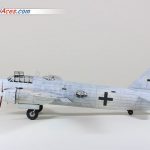
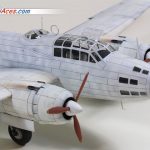
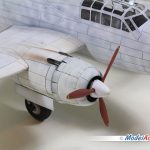
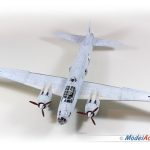
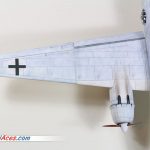
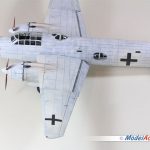
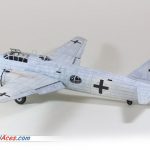
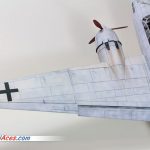
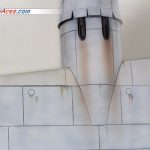
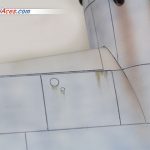
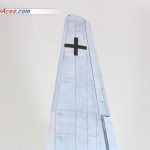
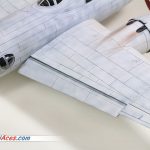
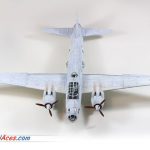
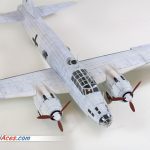
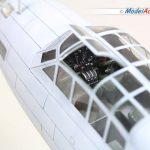
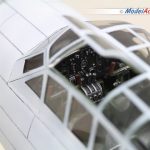
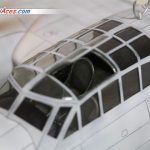
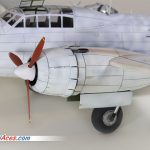
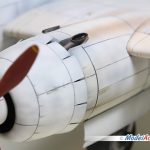
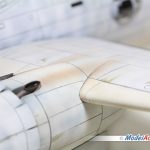
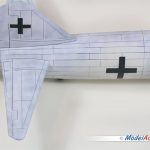
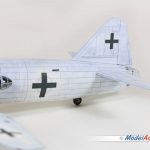
Leave a Reply